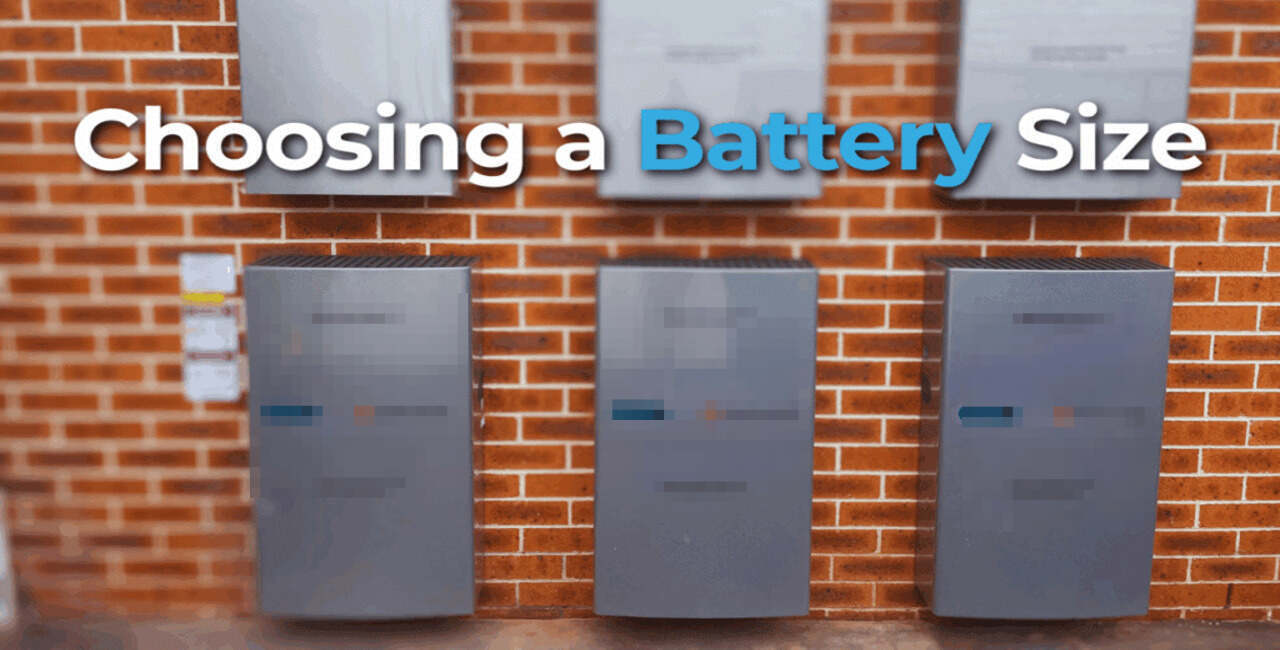.jpg)
Pairing battery storage with a south-facing (vertical) façade PV shifts energy from low-value midday exports to high-value evening consumption. This combination is transforming how urban buildings harness solar energy, improving economics, and enabling wider adoption of façade installations across Europe—especially in northern latitudes where traditional rooftop yields are limited.
South-facade PV, also referred to as vertical solar or building-integrated photovoltaics (BIPV), involves installing solar panels on the vertical faces of a building. These panels are directly integrated into the building’s envelope and serves as an energy generator and an architectural element.
For years, façade-mounted PV systems were considered less efficient compared to tilted rooftop systems. The reason is the geometry and sunlight exposure: vertical surfaces receive less direct sunlight throughout the day in summer when the sun is high. On average, vertical façades produce around 20–35% less energy than optimally tilted rooftop systems.
Façade PV systems have unique advantages that go beyond energy yield. They perform well during winter and cloudy conditions when the sun is lower in the sky. Their vertical positioning reduces snow buildup and keeps panel cleaner for longer.
In dense urban areas, they make excellent use of unused wall surfaces and offer additional generation capacity where roof space is limited. Façade systems are increasingly valued for their aesthetic contribution allowing architects to blend renewable energy generation seamlessly with modern building design.
The emerging focus on south-facing façades makes sense because they receive the maximum daily exposure in most of Europe. When combined with smart energy storage, these vertical systems can now overcome their historical limitations and deliver real and measurable value.
The major shift in façade PV economics comes from pairing systems with batteries. Traditionally, the midday solar energy produced by rooftop or façade systems was often exported to the grid at low prices. However, when energy can be stored and used later in the day during evening peaks, the value of that generation increases significantly.
Battery integration enables property owners to maximize self-consumption, meaning they can use more of the power they generate on-site instead of selling it cheaply to the grid. This time-shifting capability turns what was once “spare” daytime energy into high-value evening electricity that offsets expensive grid imports. In most European countries, evening tariffs are substantially higher under time-of-use pricing structures.
The economics are improving rapidly due to falling battery costs. Studies show that lithium-ion battery prices have dropped by more than 80% in the past decade. Residential and small commercial systems are now far more affordable and accessible. This decline means façade PV combined with even modest-sized batteries can now reach viable payback periods in several European markets.
Where does this pairing make the most sense?
In these conditions, batteries don’t just store energy—they reshape the economics of vertical solar.

Sizing a battery for a south-facade PV system depends on how much of the building’s load occurs during evening hours and the amount of daily solar generation expected. A simple rule of thumb is to target a battery capacity that can store 60–80% of daily generation or roughly cover the property’s peak evening demand.
For example:
When designing these systems, engineers must also account for factors such as:
In practice, the ideal configuration balances façade generation, load profile, and available space for safe battery placement.
Performance for south-facing vertical PV systems is improving thanks to advancements in bifacial panel technology—modules that can absorb sunlight from both front and back surfaces. In urban environments, reflected light from nearby buildings or the ground can significantly boost their yield, partially offsetting the natural disadvantage of vertical orientation.
While vertical arrays generally produce less total energy over a year compared to tilted systems, they deliver more stable output during winter months and at times of day when tilted panels are less productive. This smooths out generation curves and aligns better with real consumption patterns.
Other design considerations include:
In short, vertical south-facing PV systems may not always deliver peak summer generation, but they perform consistently throughout the year, and when paired with batteries, their value per kWh produced can surpass that of traditional rooftops.
Regulatory frameworks play a significant role in determining the financial viability of façade PV with batteries. Across Europe, differences in net-metering policies, export tariffs, and time-of-use rates influence how much benefit owners can capture from self-consumption.
Regions with dynamic pricing models—where evening electricity costs are high—see faster returns from battery integration. In contrast, markets that offer generous feed-in tariffs may reduce the immediate need for storage, though that trend is declining as incentives shift toward self-consumption.
Grid constraints are another motivator. In dense urban areas, limited grid capacity for solar exports can make battery pairing essential. Instead of sending power back to the grid, buildings can use stored energy internally or share it within local microgrids, reducing strain on infrastructure.
As European energy markets continue to favor decentralized generation and flexible consumption, façade PV plus storage fits neatly into the continent’s broader decarbonization goals.
Integrating PV directly into building façades requires careful engineering. Structural load limits, wind pressure, and thermal expansion must all be considered in the design phase. Panels must be securely mounted while maintaining the building envelope’s waterproofing and insulation integrity.
Fire safety is another key concern. Batteries should be installed in ventilated, temperature-controlled spaces—ideally separated from main living or office areas. Electrical systems must comply with national standards, including proper DC string management, overcurrent protection, and easy maintenance access.
Maintenance strategies should include annual inspections and remote monitoring for both the PV and battery systems. With good design and proper management, BIPV systems can operate safely and efficiently for 25 years or more.
Economic models show that pairing batteries with vertical PV façades can cut payback periods by several years. Consider the following simplified examples:
These examples highlight how storage transforms façade PV from an aesthetic add-on into a financially sound investment. Factors such as local electricity prices, battery incentives, and building usage patterns can further accelerate returns.

Launching a successful façade-plus-storage project requires planning and cross-disciplinary coordination. Here’s a step-by-step overview:
This structured approach helps building owners and developers de-risk investment while demonstrating performance benefits early on.
Does a south-facing vertical façade make sense in northern Europe?
Yes. At higher latitudes, vertical panels capture low-angle sunlight efficiently during winter and overcast conditions, balancing seasonal generation.
How big should a battery be for façade PV?
Typically, batteries should store about 60–80% of the façade’s daily generation or meet the evening consumption peak.
Are façade PV systems safe?
Absolutely—when installed in accordance with building and electrical standards. Key considerations include fire separation, proper ventilation, and the use of certified components.
Can bifacial panels offset the lower yield from vertical orientation?
Yes. Bifacial modules can increase annual energy output by 10–20% by utilizing reflected light from the surroundings.
.png)
The combination of batteries and south-facing façade PV systems offer a compelling new pathway. This technology optimizes energy generation in dense urban environments and transforms buildings into flexible, self-sustaining energy assets.
With advanced solar design and proposal software, tools like ARKA360 make it easier to plan, simulate, and present façade + storage projects with precision. The platform helps designers and installers optimize configurations and communicate value clearly to clients.
From exploring vertical solar for a residential retrofit to planning a large commercial project, ARKA360 empowers you to bring façade-integrated energy systems to life.













